What Are OLAP (Online Analytical Processing) Tools?
Smart Data Collective
JUNE 16, 2022
Online analytical processing is a computer method that enables users to retrieve and query data rapidly and carefully in order to study it from a variety of angles. Trend analysis, financial reporting, and sales forecasting are frequently aided by OLAP business intelligence queries. ( Using OLAP Tools Properly.

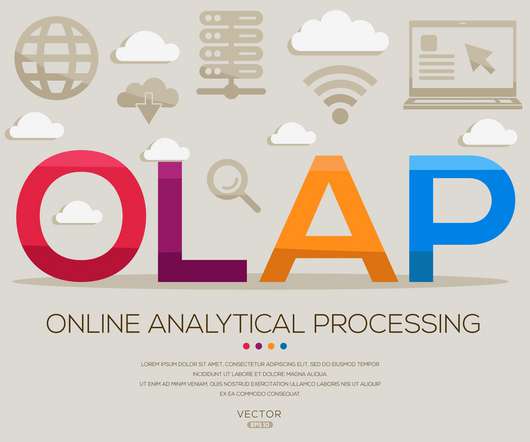

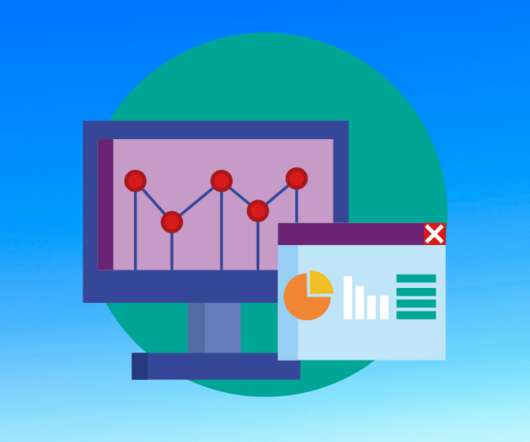
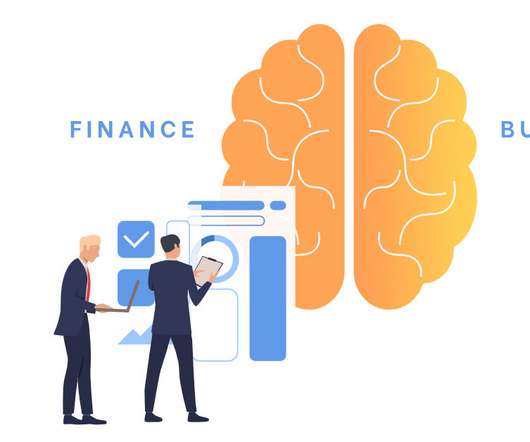
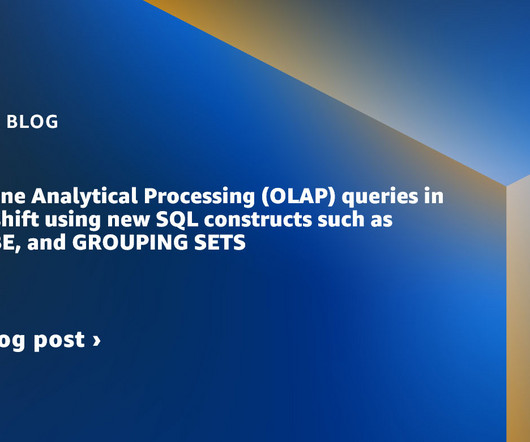





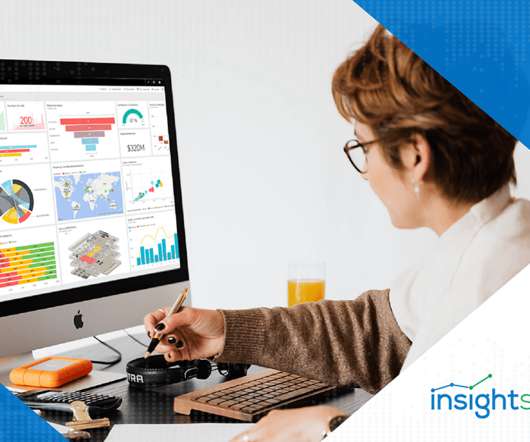
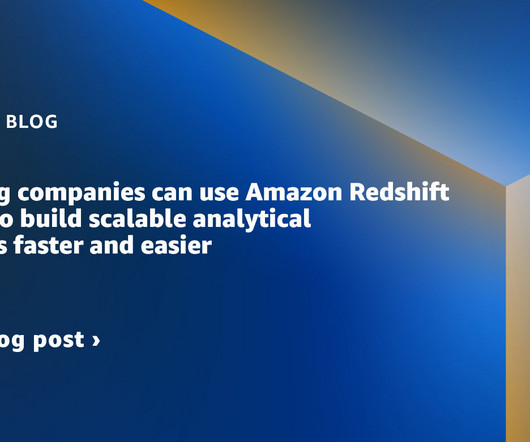


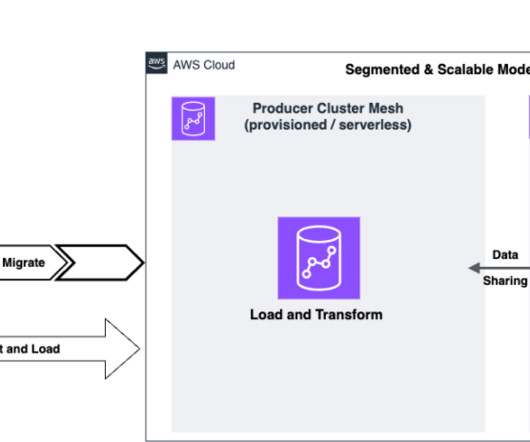










Let's personalize your content